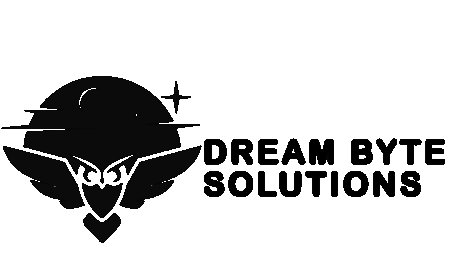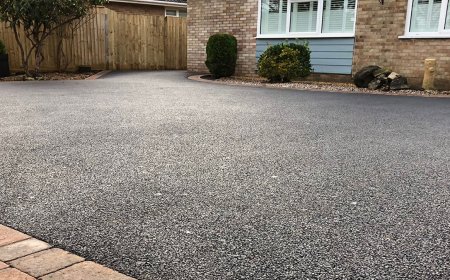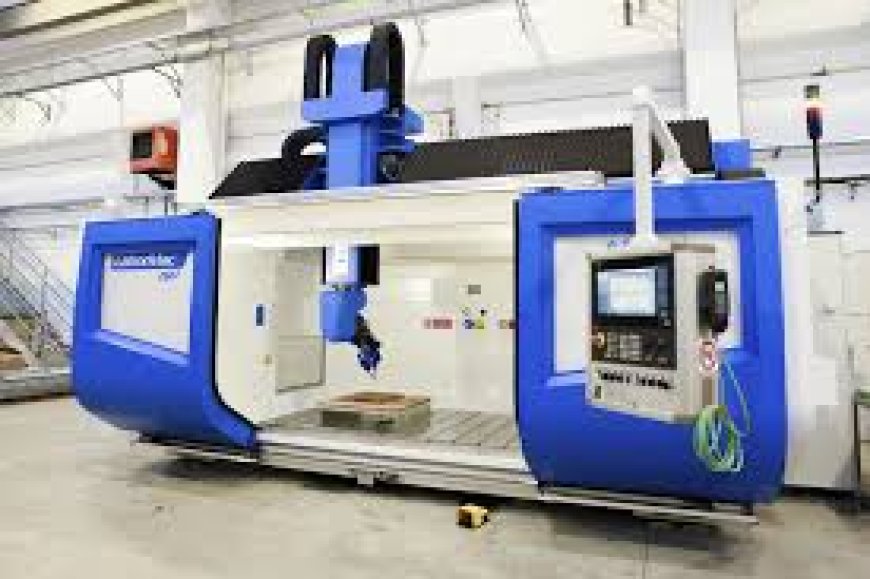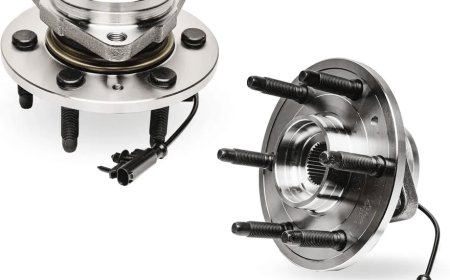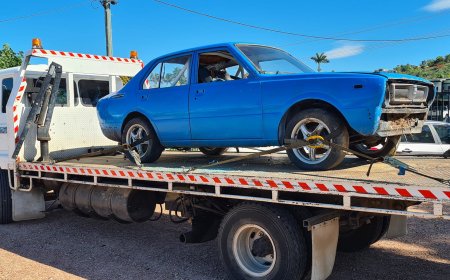Common CNC Machining Defects and How to Avoid Them
Learn about the most common CNC machining defects—like poor surface finish, dimensional errors, and burrs—and discover how advanced CNC machining practices help avoid them.
CNC machining offers precision and repeatability, but its not immune to manufacturing defects.
Even with advanced automation, small errors in programming, setup, tooling, or machine condition can lead to significant problems in part quality. Understanding the most common CNC machining defectsand how to prevent themhelps manufacturers reduce scrap, improve consistency, and protect bottom-line efficiency.
Whether you're machining metal or plastic parts for aerospace, medical, or industrial use, avoiding these defects is critical for dimensional accuracy and long-term reliability.
1. Tool Marks and Poor Surface Finish
Cause:
Tool marks, chatter, or rough surfaces typically result from worn tooling, incorrect feeds/speeds, improper toolpaths, or poor workholding.
Impact:
-
Aesthetic flaws
-
Reduced fatigue strength
-
Poor sealing surfaces
-
Increased post-processing time
How to Avoid It:
-
Use properly sharpened tools and replace them before they wear out
-
Match cutting parameters to material type and tool geometry
-
Apply appropriate coolant to reduce friction
-
Use finishing passes with low feed and depth for smoother results
-
Secure the workpiece rigidly to minimize vibration
Surface finish issues are common in aluminum and stainless steel machining, but theyre preventable with optimized tool paths and quality tooling.
2. Dimensional Inaccuracy
Cause:
Incorrect part dimensions are often caused by tool deflection, thermal expansion, poor machine calibration, or errors in programming.
Impact:
-
Parts out of tolerance
-
Assembly issues
-
Increased inspection failures
-
Rework and scrap costs
How to Avoid It:
-
Calibrate machines regularly and check backlash
-
Use precision fixtures and jigs to limit movement
-
Compensate for thermal expansion in long runs
-
Reduce tool deflection by shortening tool length and reducing cutting forces
-
Use in-process measurement systems or probes to verify critical dimensions
Using advanced CNC machining techniques and closed-loop controlslike those found in advanced CNC machining servicescan dramatically reduce dimensional variation, especially in multi-axis or tight-tolerance applications.
3. Burrs and Sharp Edges
Cause:
Burrs occur when excess material is left on the edges of machined features, typically due to cutting forces or tool wear.
Impact:
-
Injury risks during handling
-
Assembly problems (interference fits)
-
Poor cosmetic appearance
-
Electrical conductivity issues in electronic components
How to Avoid It:
-
Use sharp tools and proper entry/exit strategies
-
Incorporate chamfers or deburring passes in the toolpath
-
Apply optimized cutting parameters for reduced exit burrs
-
Use abrasive deburring or brush finishing for post-machining cleanup
-
Consider rotary deburring tools in automatic cycles
Burrs are especially problematic in soft materials like aluminum and brass. Preemptive design strategies can reduce the need for extensive deburring.
4. Tool Breakage
Cause:
Excessive tool wear or sudden breakage is caused by improper cutting parameters, using the wrong tool material, or machining hard materials without appropriate feeds.
Impact:
-
Interrupted production
-
Scrap from partially machined parts
-
Potential machine damage
-
Additional setup and replacement cost
How to Avoid It:
-
Use carbide or coated tools suited for the workpiece material
-
Follow manufacturer guidelines for feed rate, spindle speed, and depth of cut
-
Apply coolant to reduce heat buildup and friction
-
Reduce cutting forces with ramping and helical tool entries
-
Inspect tools regularly, especially for long production runs
Advanced toolpath strategies such as adaptive clearing or trochoidal milling reduce load and prolong tool life.
5. Warping and Distortion
Cause:
Thermal stress, residual stress in the raw material, or insufficient clamping can cause parts to warp during or after machining.
Impact:
-
Parts become dimensionally unstable
-
Surface finish may be affected
-
Secondary operations become difficult
-
Functional defects in mating parts
How to Avoid It:
-
Use stress-relieved material, especially for large or thin-walled parts
-
Apply symmetric machining to balance internal stresses
-
Avoid excess heat buildup through proper coolant application
-
Clamp the part firmly but avoid over-constraining
-
Allow time for the part to settle after roughing before finishing
Warping is common when machining large plates or thin aluminum walls. Pre-machining material stabilization and balanced toolpaths are key solutions.
6. Inaccurate Hole Position or Size
Cause:
Hole misplacement or incorrect diameter may result from tool runout, poor fixturing, incorrect tool selection, or thermal expansion.
Impact:
-
Alignment issues in assemblies
-
Fastener or pin fit failure
-
Scrap and rework
How to Avoid It:
-
Use rigid drills or reamers with low runout
-
Drill pilot holes before final diameter machining
-
Use boring tools for tight-tolerance holes
-
Verify hole location with probing before drilling critical features
-
Incorporate peck drilling cycles for deep holes
Post-machining reaming or boring may be necessary to meet ISO H7 tolerances in precise hole-making operations.
7. Chatter and Vibration
Cause:
Chatter is a self-excited vibration resulting from unstable cutting conditions. It often occurs in long or slender tools, unsupported workpieces, or at certain spindle speeds.
Impact:
-
Surface finish degradation
-
Tool wear and potential breakage
-
Poor dimensional control
-
Loud noise and machine strain
How to Avoid It:
-
Shorten tool stick-out and use rigid holders
-
Optimize spindle speed to avoid resonant frequencies
-
Increase feed rate slightly to stabilize cutting forces
-
Use variable-flute cutters to break up harmonics
-
Add vibration-damping features in the fixture
Real-time monitoring systems can detect vibration thresholds and pause the machine before chatter damages the part.
8. Programming and Post-Processing Errors
Cause:
Incorrect G-code, post-processor settings, or human error in CAM can result in unexpected toolpaths, skipped operations, or collisions.
Impact:
-
Scrap from miscut parts
-
Tool crashes and machine damage
-
Downtime and safety risks
How to Avoid It:
-
Simulate toolpaths before running the job
-
Use certified and regularly updated post-processors
-
Double-check datum setups and offsets
-
Use machine limits in CAM to detect overtravel
-
Train operators in G-code verification and dry runs
Many defects occur not on the shop floor, but at the programming desk. CAM software improvements with simulation and verification tools help mitigate these issues.
Preventing Defects Starts with Process Control
CNC machining defects are rarely caused by a single factor. Most issues are the result of multiple small deviationstooling, fixturing, materials, or operator oversightthat compound over time.
Strategies for defect prevention:
-
Conduct first-article inspections for every setup
-
Implement Statistical Process Control (SPC) for in-process checks
-
Use real-time monitoring systems to detect anomalies
-
Maintain tooling and machine calibration schedules
-
Work with experienced machinists and certified CNC technicians
For mission-critical parts, investing in advanced CNC machining services that include in-process metrology, high-end fixturing, and tight-tolerance capability can significantly reduce your defect rate and post-machining costs.
Final Thoughts
Even the most sophisticated CNC machines can produce defects without proper planning and process control.
Common issues like poor finish, dimensional errors, and burrs can be minimized with the right tools, strategies, and skilled operators. Whether you're running one-off prototypes or production volumes, maintaining quality starts with understanding where problems ariseand engineering them out of your workflow.
By proactively managing machining variables, using appropriate materials and tools, and leveraging advanced CNC technologies, manufacturers can achieve reliable, repeatable, and defect-free results.











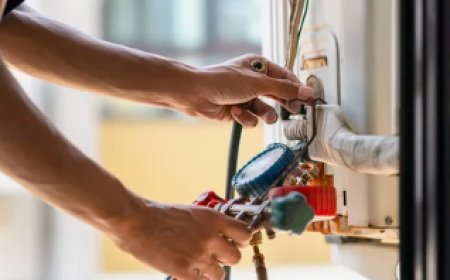




![Top 9 Real Estate Mobile App Developers in Riyadh, Saudi Arabia [2025 Edition]](https://www.biphoo.uk/uploads/images/202507/image_430x256_6879d0d524335.jpg)




